|
This is for real! For 3 weeks I was working as a volunteer for Ocean Spirits on Grenada and only saw sun, sea and beach. Yes, I have been bitten by the volunteer bug since last year, 2015. I was then volunteering for the Macaw project in the Tambopata Research Centre (Peru) for merely 3 weeks long. It was hard work, but in the end I gained so much knowledge about the behavior and nesting of the macaws and parrots, which was a great advantage for me since I am also a bird guide in Kabalebo (Suriname). This year, 2016, I decided to step a bit out of my comfort zone and for 3 weeks I was working up close and personal with Leatherback Sea turtles (Dermochelys coriacea) in Grenada. A period that I will never forget and a decision I never regretted. In 2010 I have seen Leatherback Sea Turtles laying their eggs on the beach in French-Guyana. I was in a tourist group, fascinated by these magnificent creatures coming from the sea, but we merely connected. So I was excited to help the organization, Ocean Spirits, from Grenada in assisting to collect precious data of the Leatherbacks during the nesting season. I came across their project via the site WorkingAbroad and they were very helpful right from the start. Aerial view from (a piece of) Grenada. A small community with the least 110.000 inhabitants. Grenada is also known as the spice island of the Caribbean and is also one of the largest exporters of nutmeg. Transportation from the airport to the volunteer house, a.k.a. the turtle house, was also taken care of. Even though Grenada is an island, I got an exciting ride for at least 1.5 hours (south - north). Welcome to the volunteer house. What a view. So imagine that I woke up to see this EVERY MORNING. Time to get serious. I got to see where I had to get 'down and dirty' (just kidding). My working places. Picture above shows the Bathway beach. A public beach where not only turtles but also locals and tourists come by to enjoy the beach, sun and sand. On the Bathway beach we were limited to doing only morning surveys. A task that started around 5.30 where you are armed with a rake to look for some turtle tracks. And indeed we found some turtle tracks, but no turtle, as they are also nocturnal animals. These are tracks made by the Leatherback sea turtle (Dermochelys coriacea), one that we have to rake every morning just to cover her tracks for potential poachers and also to keep track of new nestings. And here is where the serious work is happening: the Levera beach. A couple of minutes away from the Bathway beach. Unlike Bathway, the Levera beach is a protected area and here we are helping during night surveys and nest excavations. On the Levera beach we kept track of every nesting and of course every turtle. So it was a lot of measuring, counting and by the way, also paperwork. This is the team I was working with during my stay. Project managers, supervisors and volunteers all with different backgrounds but they all enjoy the work (and each other company). During my stay I was so lucky to see a day turtle before my first night survey. A warming up for the real work and also a chance to take pictures of her without being afraid that the flash will go off accidentally on your camera. She had already emerged on the Bathway beach and we were called by the life guards. How lucky I was. Time to get serious and dirty. In comparison with hummingbirds and parrots, Leatherbacks are pretty slow so I was able to enjoy the whole 'action' without missing a beat. Even after reading general info about Leatherbacks I was still 'speechless' when seeing one live in action. Here she was preparing a nest for her eggs by digging a chamber with her back flippers. The digging can surely take a while, which gives you also the chance to do other work (measuring and paperwork). Now comes the part we've all been waiting for; laying the eggs. That is the moment she starts to cover the chamber with one of her back flippers. One of the volunteers was responsible for counting the eggs. It looks easy, but she lays 2 types of eggs: yolks (big ones) and yolkless (smaller ones). The yolks are the ones that will hatch in the end. The yolkless usually appears at the end of the laying process. And here we take a look behind the scene; Ocean Spirits - members in action. While one member starts the paperwork (flipper tag ID, PIT scanning, any injury or remarks) another one gets ready to count the eggs. A job made only possible by getting into position right behind the turtle. Don't worry neither the volunteer nor the turtle were harmed during the whole process. Even though Leatherbacks are known as nocturnal animals, from time to time one will break the rule and emerge during the daytime. Great for the onlookers, but for her it can get really tough to nest right under the hot sun. One of the Ocean Spirits member makes sure that she stays 'cool and hydrated' during the nesting. Whenever a Leatherback emerges during broad daylight, news spread like liquid. In no time we were surrounded by onlookers (locals and tourists) who all wish to see a glimpse of the turtle and (possible) her eggs. And of course most of them are curious so one member is providing them with some general info. After she finished laying her eggs, this Leatherback starts to close the chamber by putting back the sand she dug out. For a while she was busy camouflaging her nest by scooping sand around the whole area, an interesting process as her big flippers were throwing sand here and there like a small bull dozer gone wild. When she was sure that her nest was covered she headed back to the sea; one happy turtle mother. Time for some night survey. During the night survey we are split up in 2 groups where we take turn to patrol the beach. During the patrolling we check if hatchlings had emerged from their nest and of course if any adult turtle is arriving. Here we gave some hatchlings a helping hand, but we also had to diminish our headlight usage as these little ones are fully exposed to it, and their life has just started. The real fun started when an adult Leatherback emerges from the shore. After a while your eyes get used to seeing in the dark, with some moonlight in the background. For first timers it seems unreal; first you will spot a 'rock' emerging from the shore. After a few minutes this 'rock' becomes bigger and bigger and soon you'll realize that it is actually a real sea turtle coming towards you or so it seems. Of course you have to keep your excitement to yourself as you have to be patient to see if she will start nesting. On a few occasions some of the turtles just appeared for a couple of hours and headed back into the water without nesting. That can surely test your patience on the beach, especially when it is raining and you can't leave the spot because of her. Some of them though were also showing how vulnerable they also are even with their enormous size. For instance we had to help several times to dig a hole for them as some were missing their back flippers due to an injury or attack by (possible) sharks. At first it looks kind of funny to see a small stump trying to dig a hole without success, but as she keeps on trying you will feel at the same time some sympathy. She knows that she isn’t able to dig a hole with an injured flipper but still is trying. Talk about perseverance. On an average night survey I had 7 Leatherbacks to work with. The most exhausting part for me was to go back on the beach when the first sun rays hit the beach to rake all the turtle tracks away. Usually around 5.30 in the morning when I am need of a cup of coffee. But sometimes one of the females comes by a bit late, around 5.00, to lay some eggs and that is the moment I forget all my fatigue and my need for coffee. We also were checking for hatchlings who got out of their nest a bit late, in this case in the mornings. These hatchlings are being gathered in a bucket to be released during the night. During broad day light these little turtles are exposed to many challenges; heat, stray dogs or birds. Nest excavations: many consider this part of the job as unpleasant. But for me it was also one of the most interesting parts too. After 65 – 70 days, old nests are being dug up to see how many eggs had hatched and also to know what happened to the remaining eggs. Some were plain rotten or the embryos didn’t fully develop. Temperature also plays a crucial part in this story. An average nest contains between 80 – 100 eggs. Out of dozens of hatchlings that emerge from the sand some will make it to the ocean. And only one will return to the same spot after 12/13 years to lay her eggs. Besides turtles, eggs and hatchlings Ocean Spirits was also interacting with the Grenadian community. Their aim is to educate the youth about the importance of protecting the sea turtles and conserving the environment. Here they were collaborating with a primary school during a plant project. I was also enjoying other animals besides the Leatherbacks. The Grenadian tree anole (Anolis richardii) was one of them. I was hoping to see the national bird of Grenada; the Grenada dove (Leptotila wellsi). A difficult task it seemed as the Grenada dove is near extinct, but I managed to have spotted the least 23 bird species:
Time flies when you're having fun; before I realized it I was on my last night survey. But at the same time it was a fortunate time too, a Hawksbill (Eretmochelys imbricata) emerged around 5.00 and she even laid her eggs on the beach. By the time she went back to the ocean I took this picture where you can see her next to a plastic bottle. Sea turtles, whether they are Leatherbacks or Hawksbills, endure a lot during their life. From the moment they are born they are all alone to face the unknown. Who knows what an adult sea turtle had to experience during all those years. Poaching, fishing nets, plastics bags floating in the sea. Quite often a sea turtle will be found strangled between fishing nets or being caught between all the plastic rubbish. Some of these unfortunate creatures will even see plastic or other rubbish as food, which can lead to a slow and painful death. In total I have seen 4 sea turtles during the day and the least 30+ Leatherback sea turtles during my night survey. For 3 weeks I was mesmerized by these magnificent creatures. Even after seeing my first turtle on the 3rd day I was still enjoying their sight every time they emerge from the sea. I usually am fascinated of how they manage to find the same nesting spot year in year out without even using a (man made) GPS system. In the end this project made me rethink some of my decisions in life. Small changes that can, in the end, make big differences. You may also like the following post:
Comments are closed.
|
Archives
June 2024
Categories
All
|
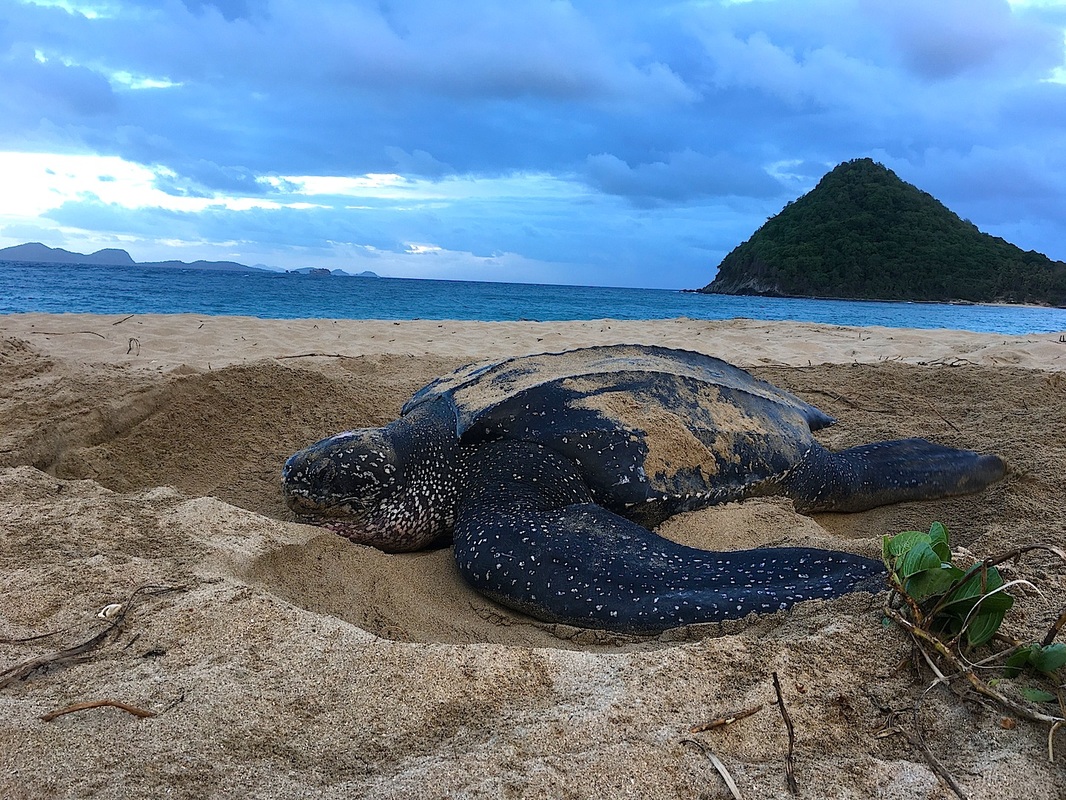
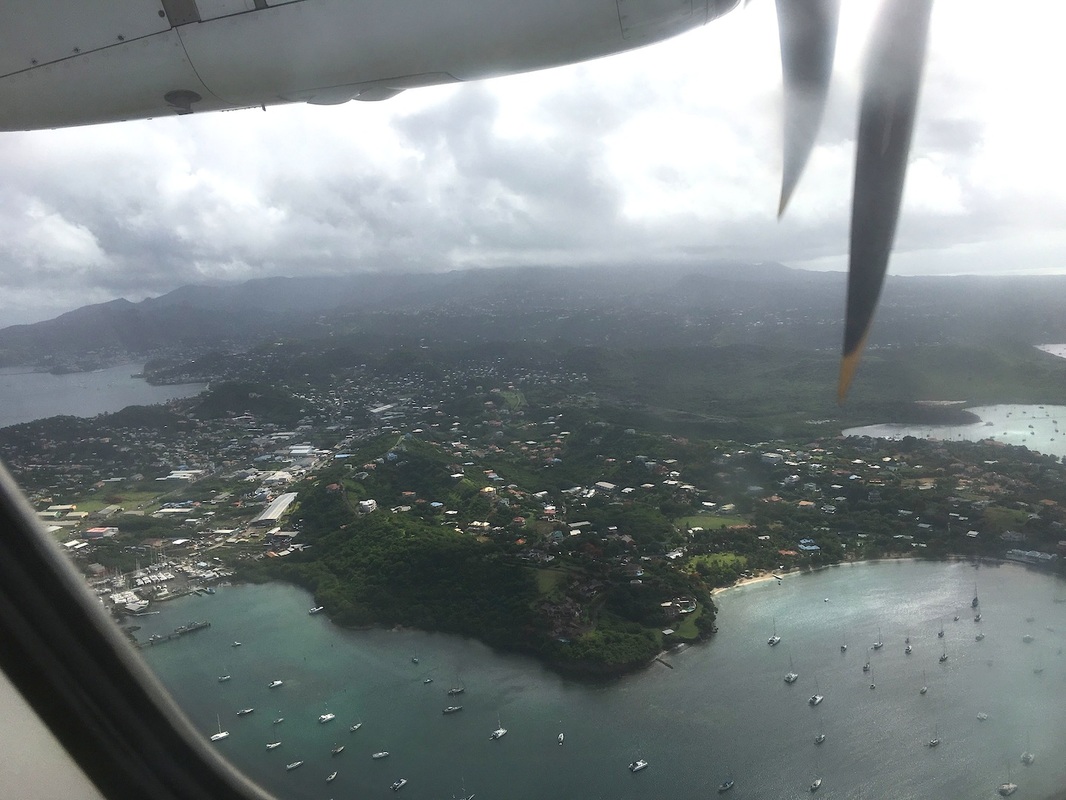
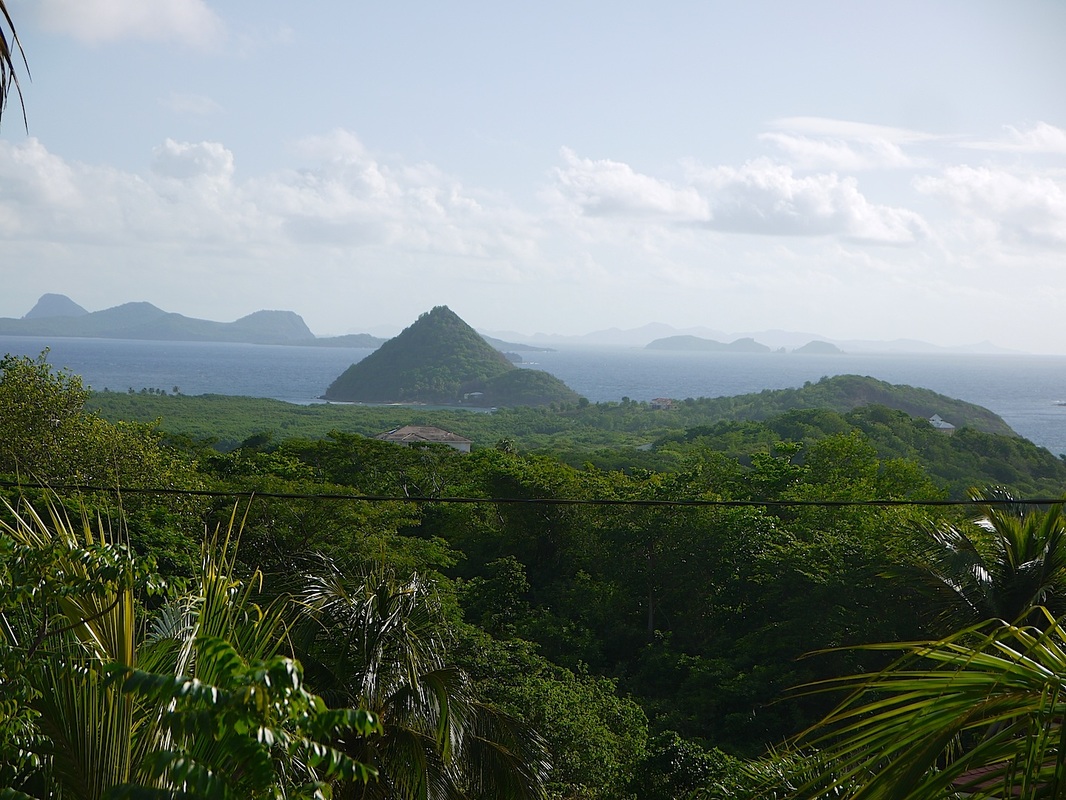
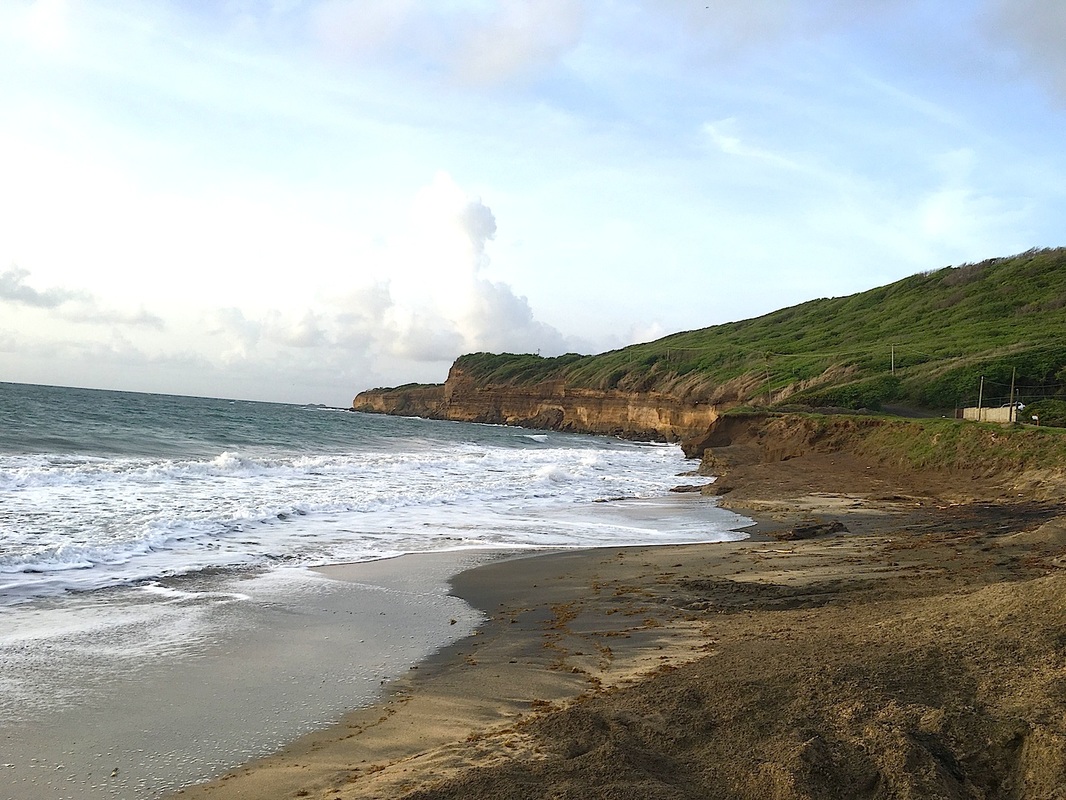
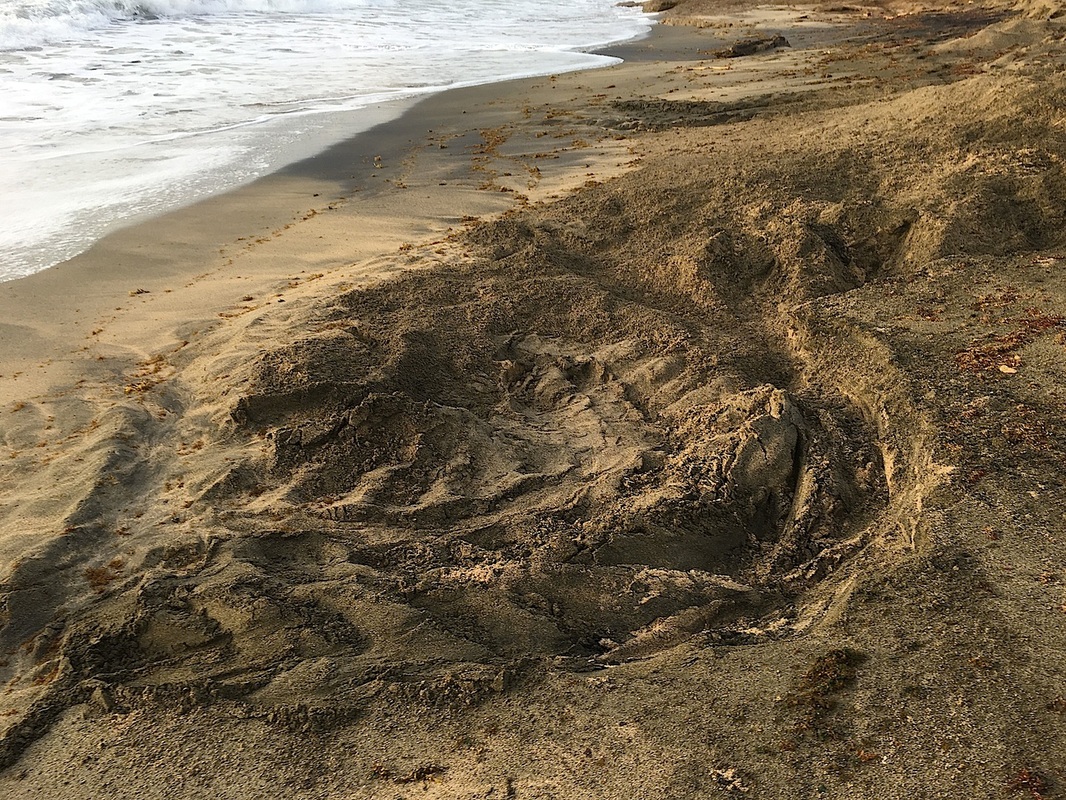
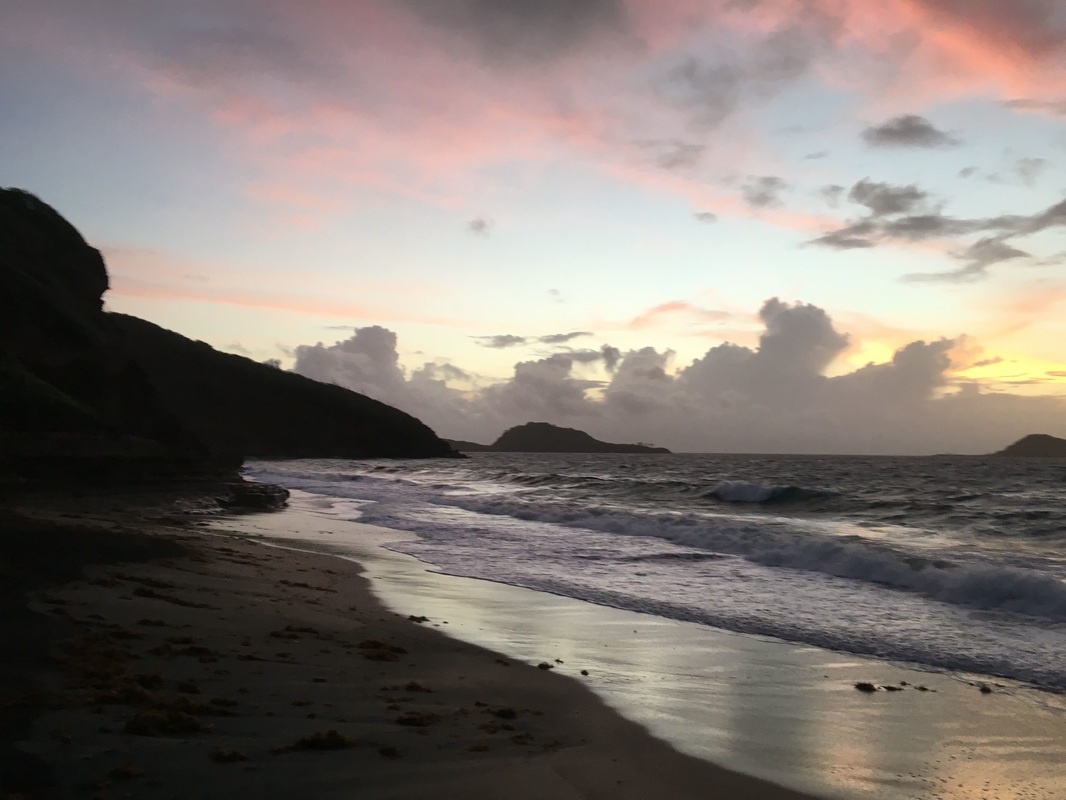
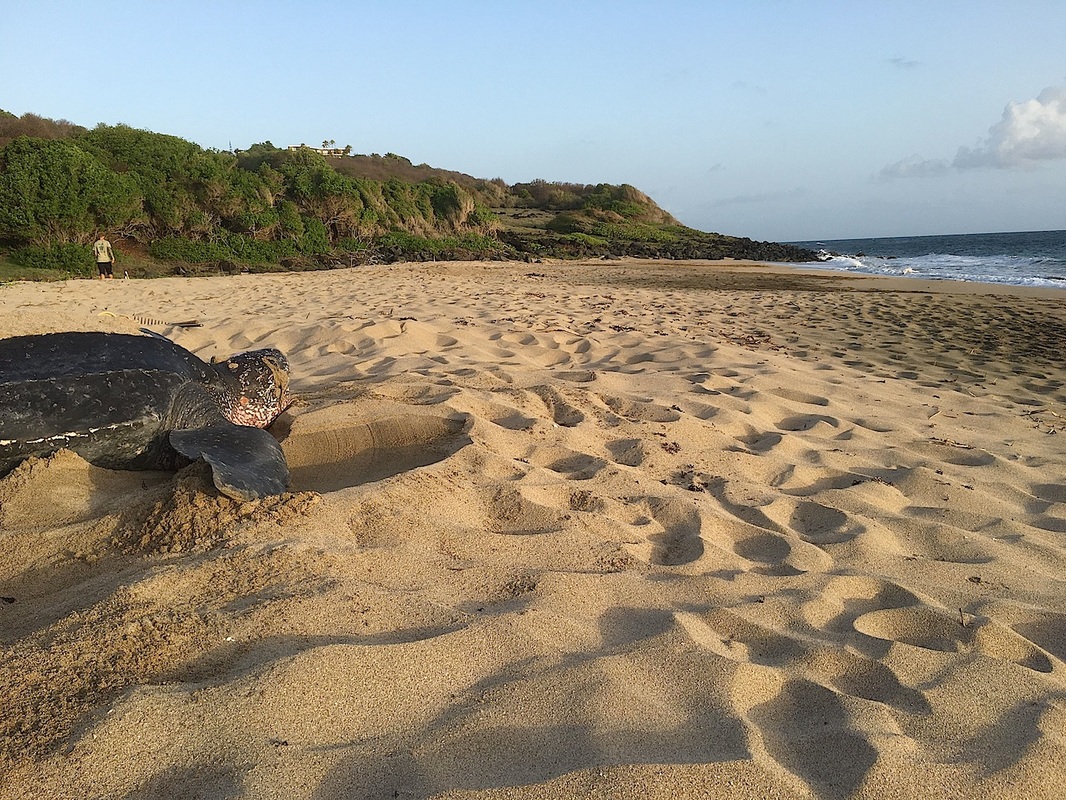
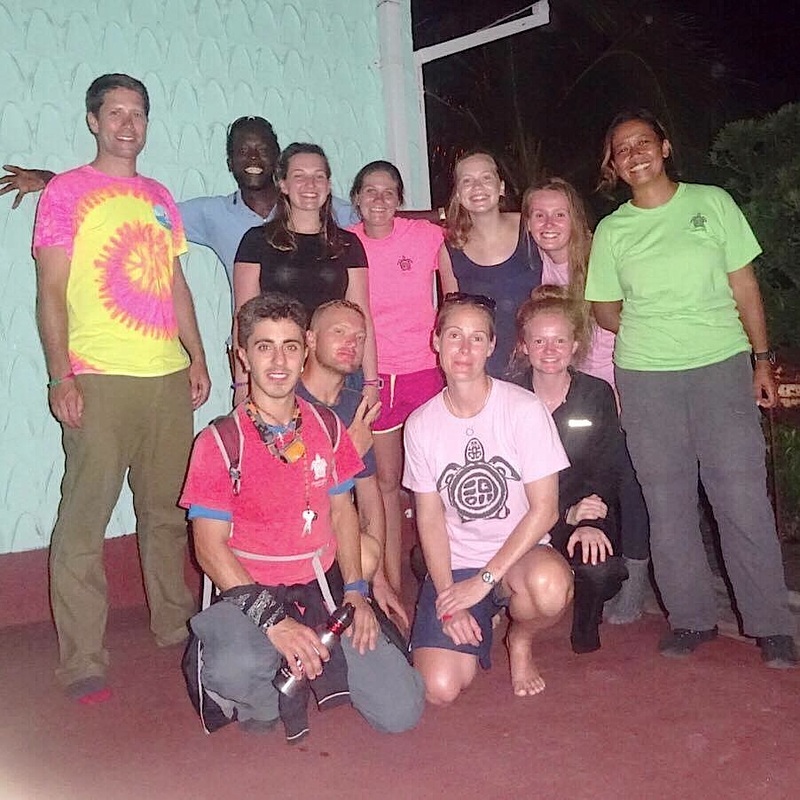
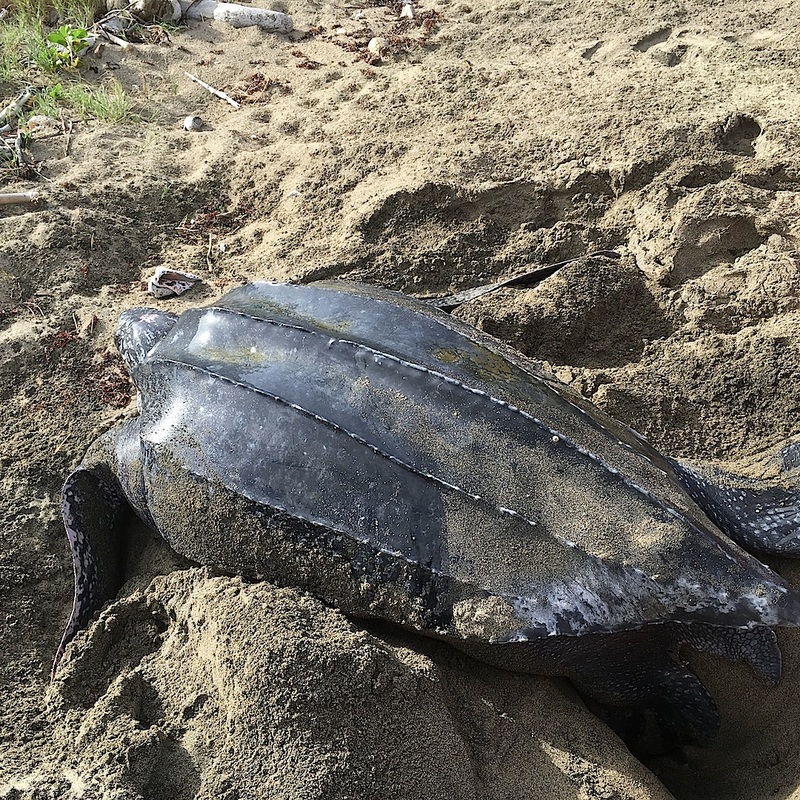
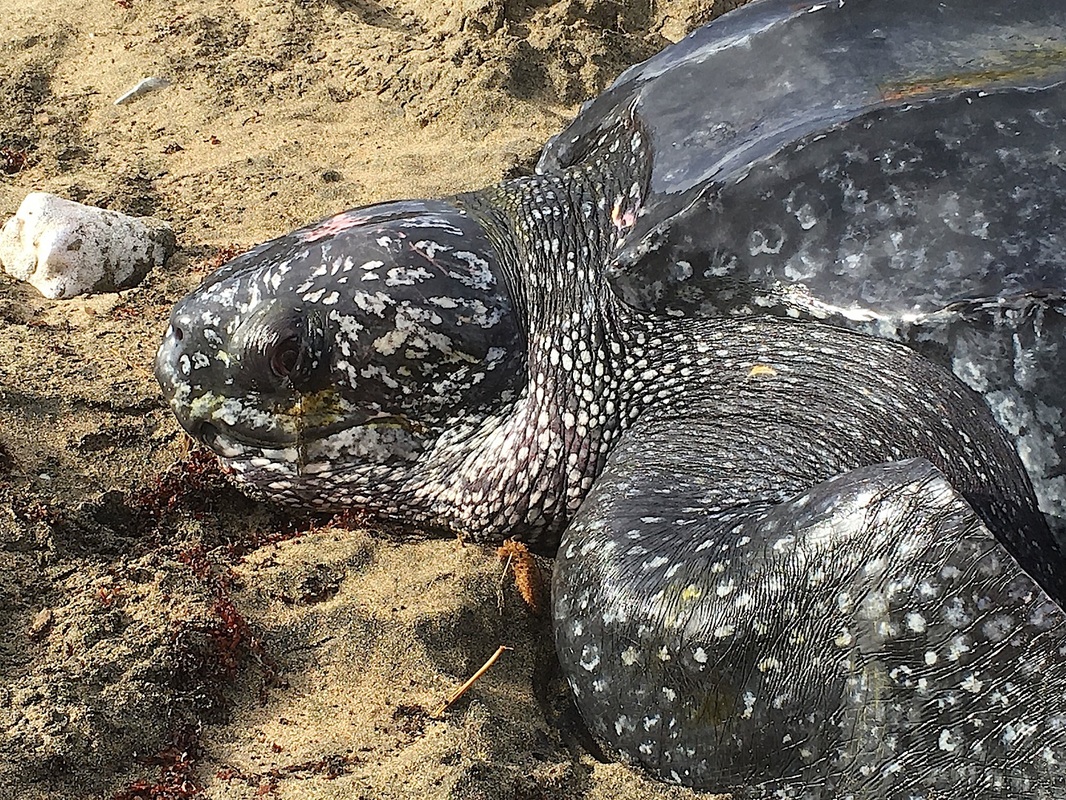
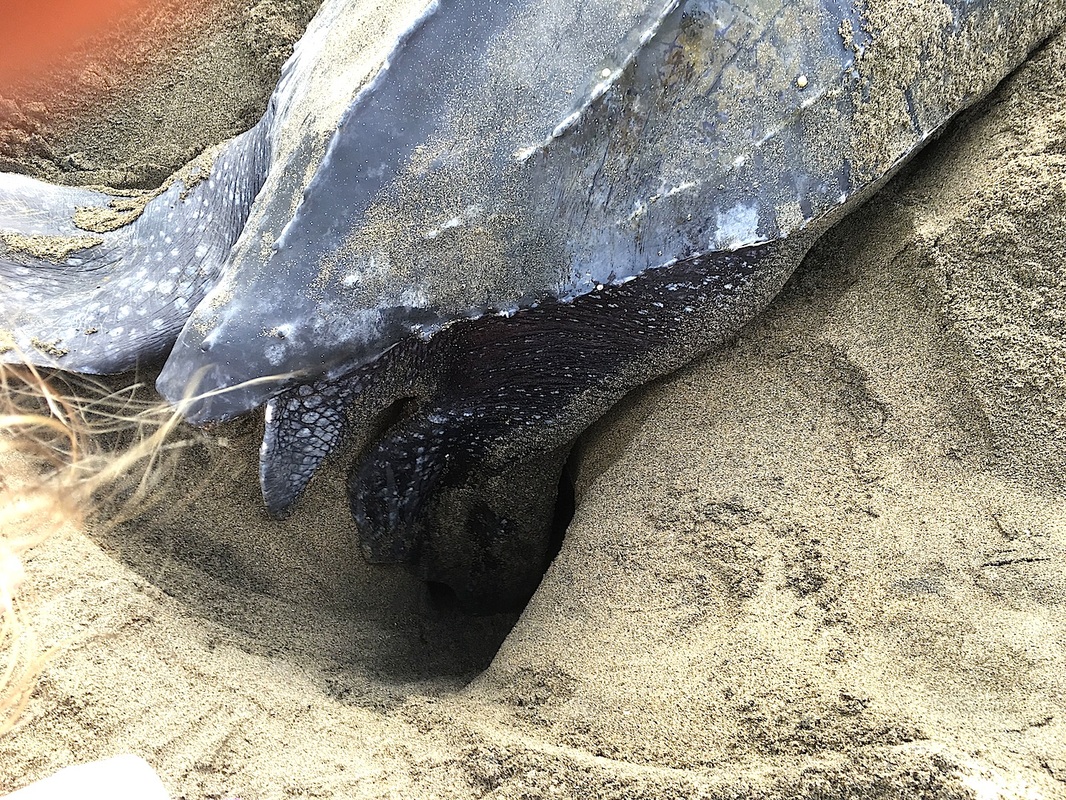
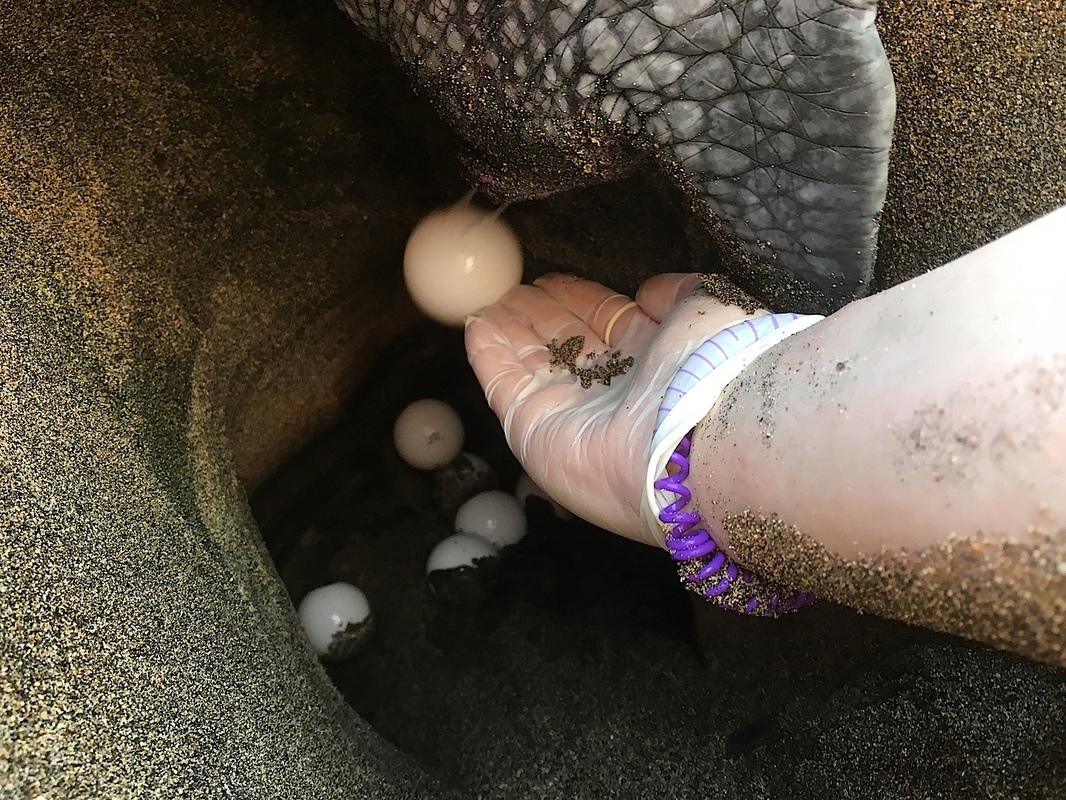
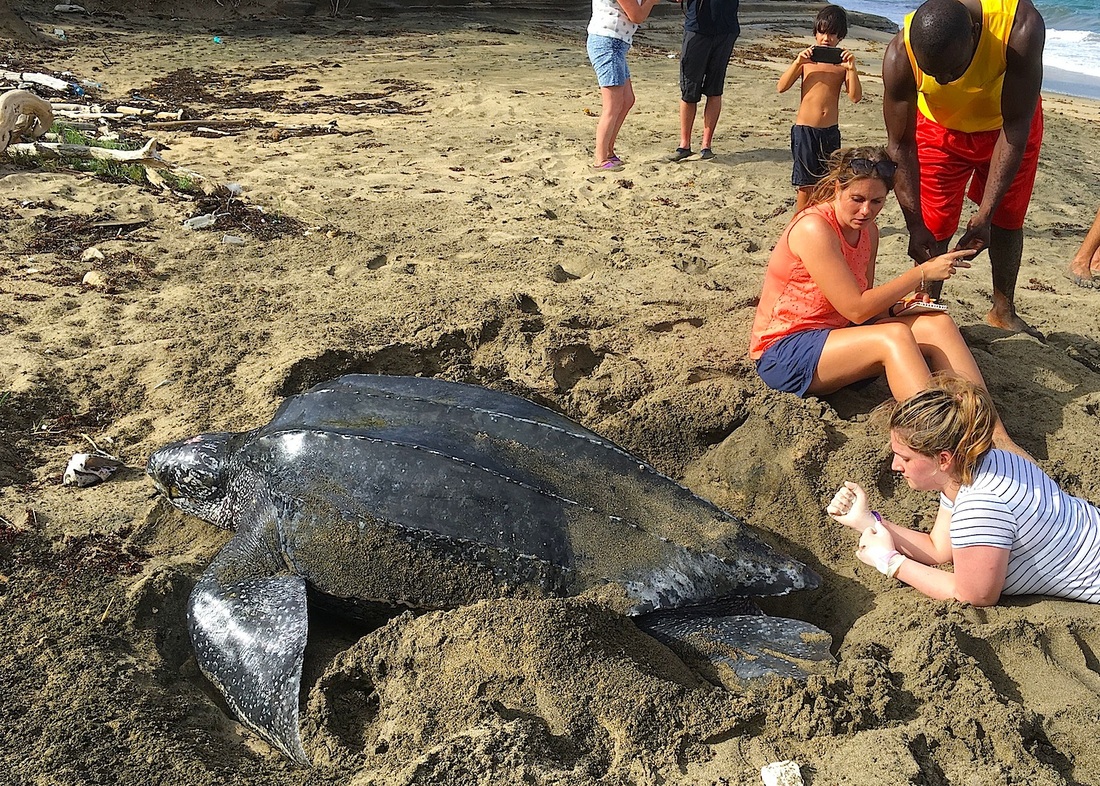
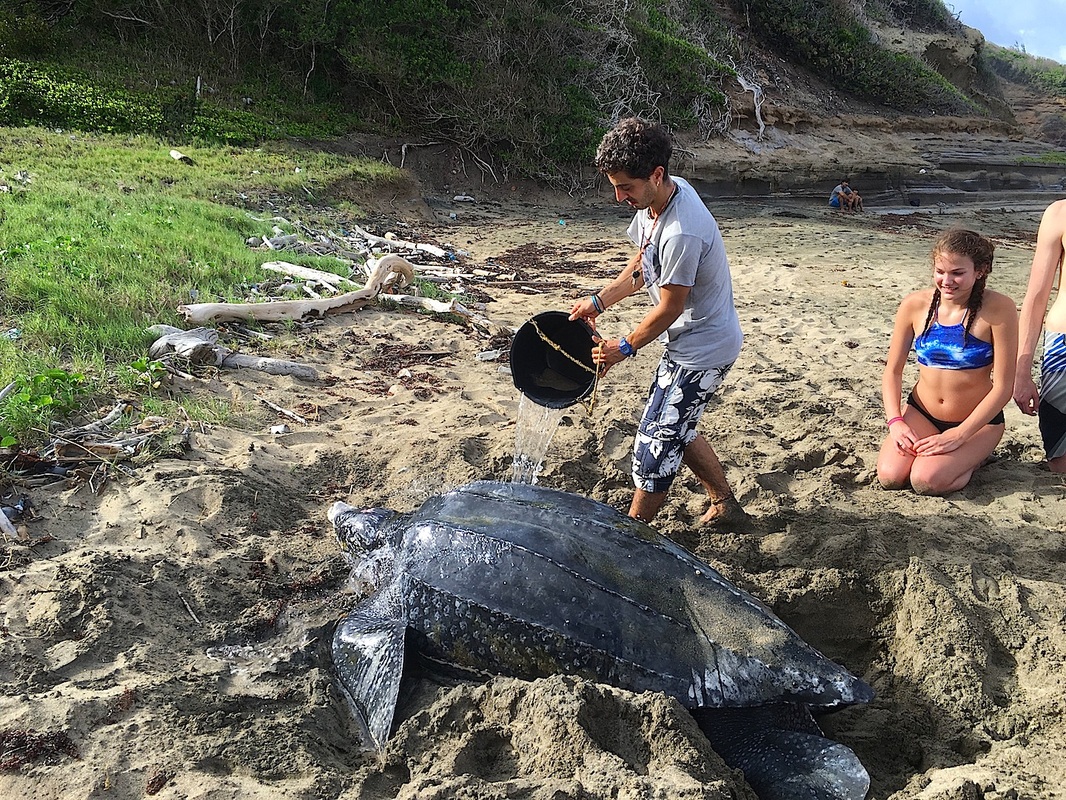
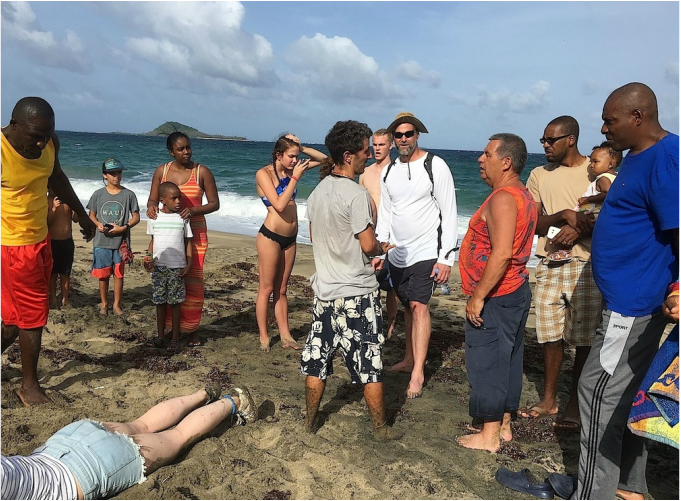
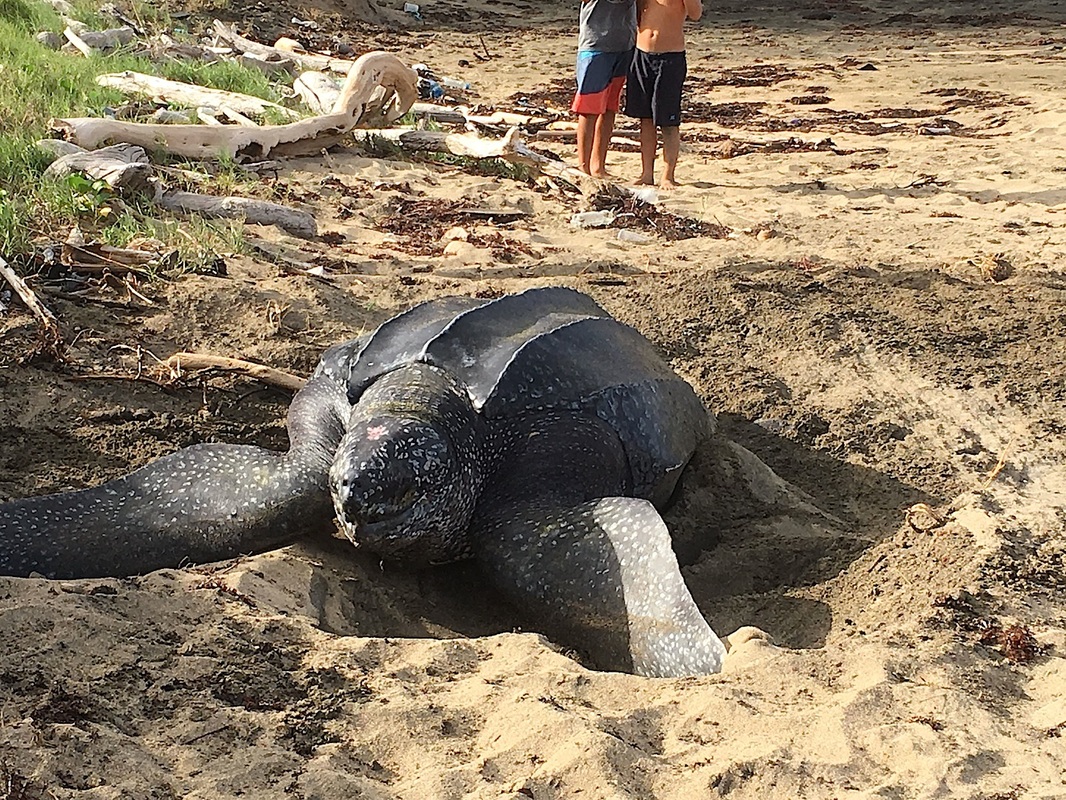

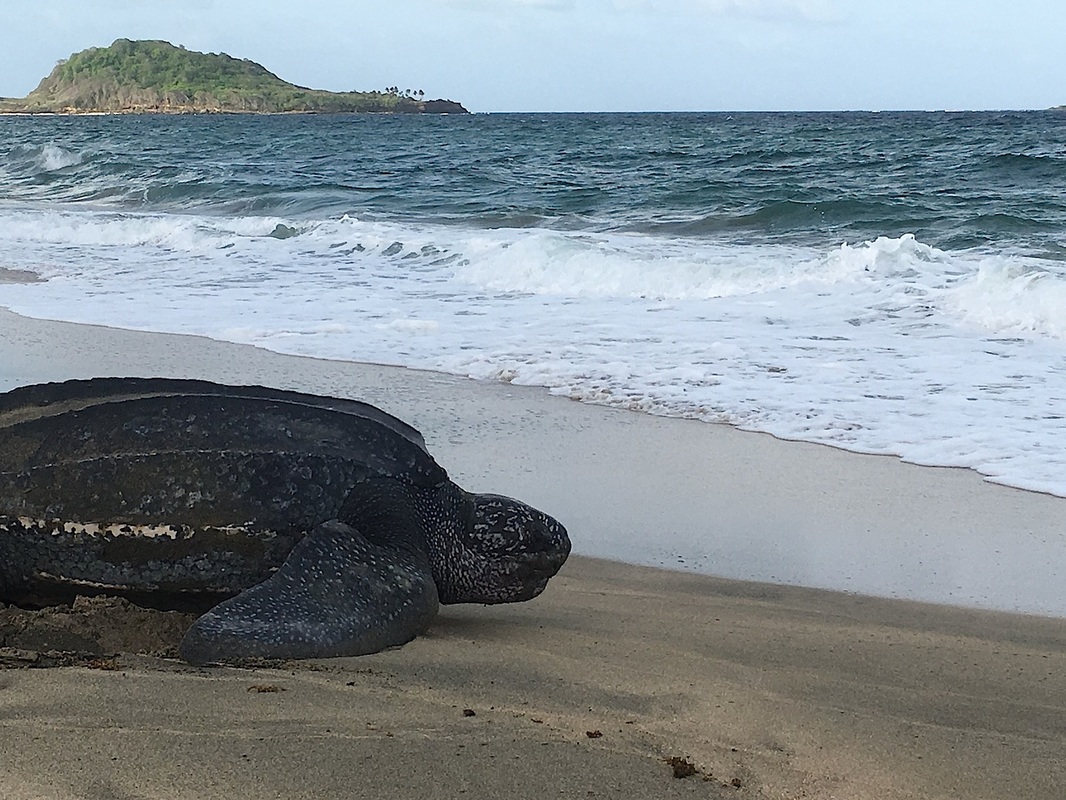
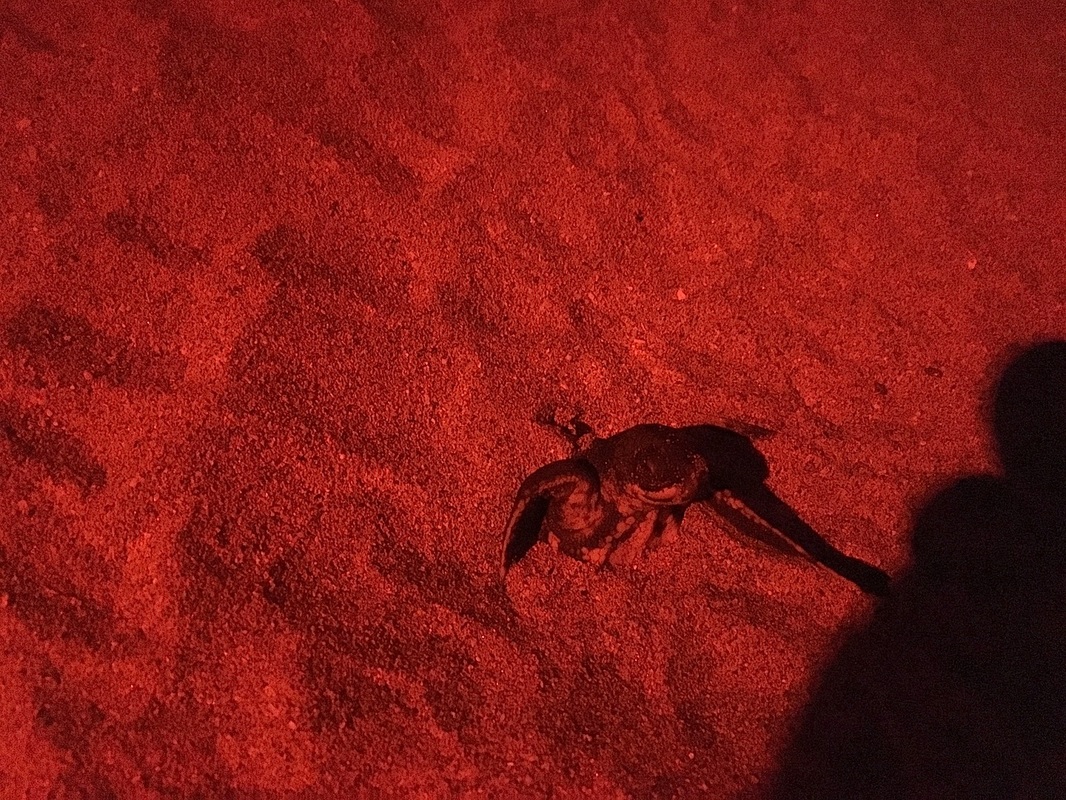
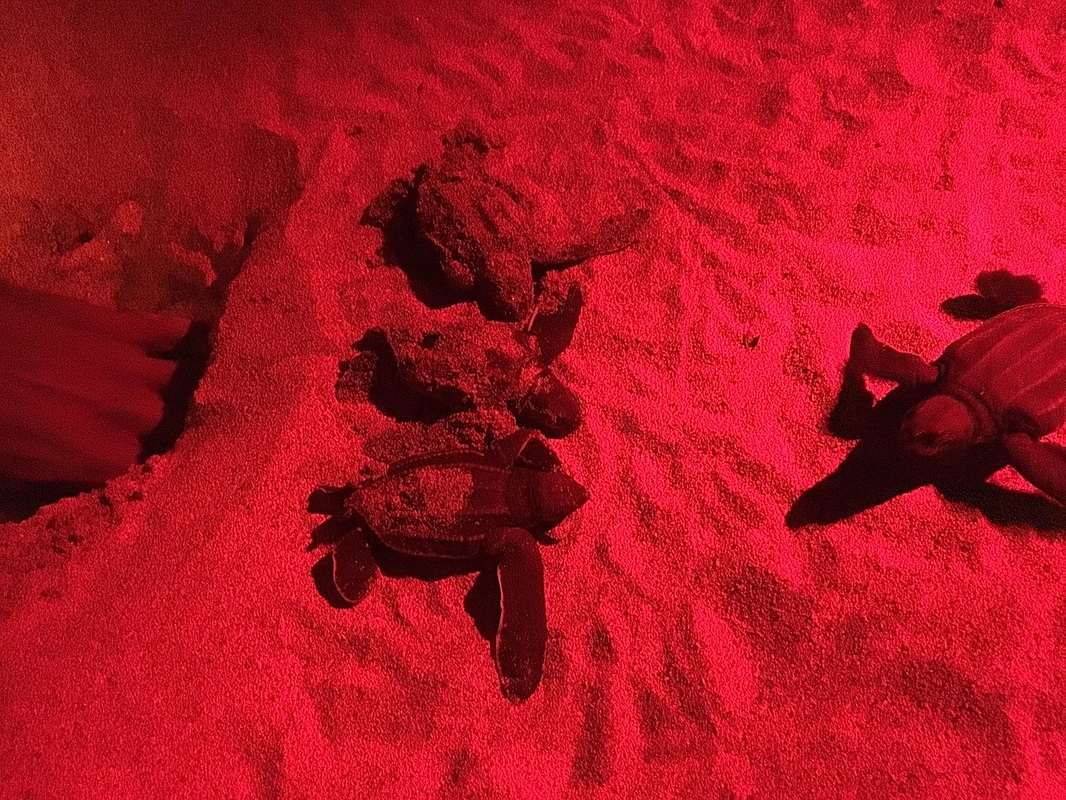
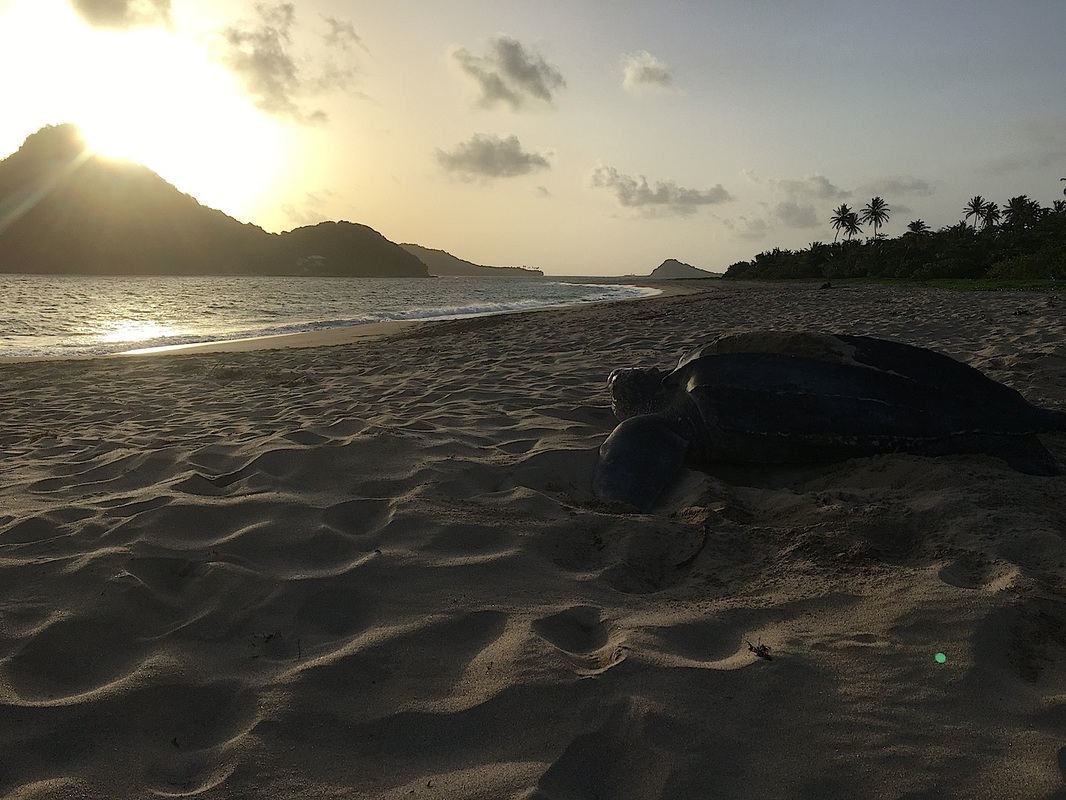
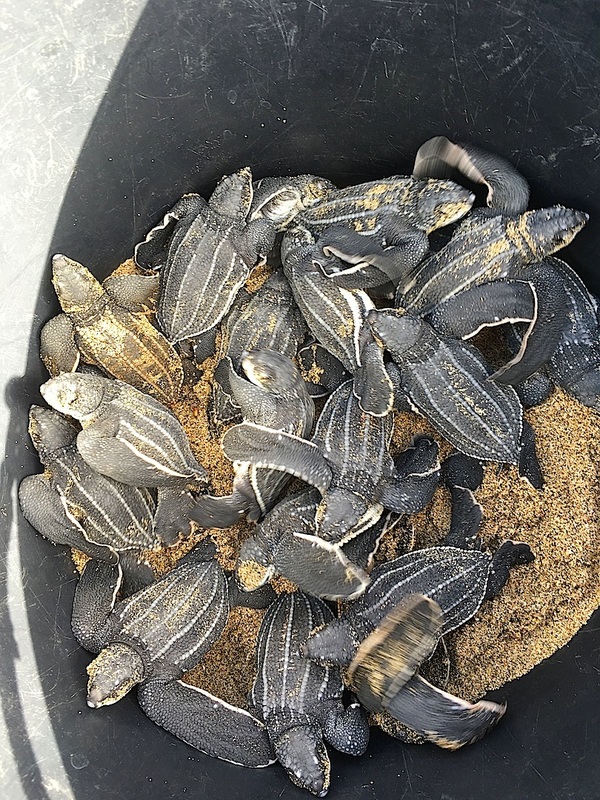
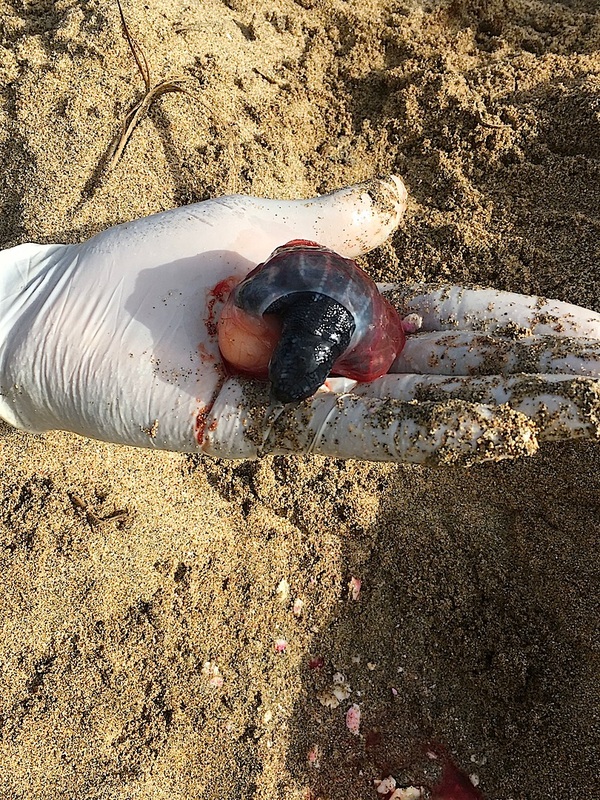
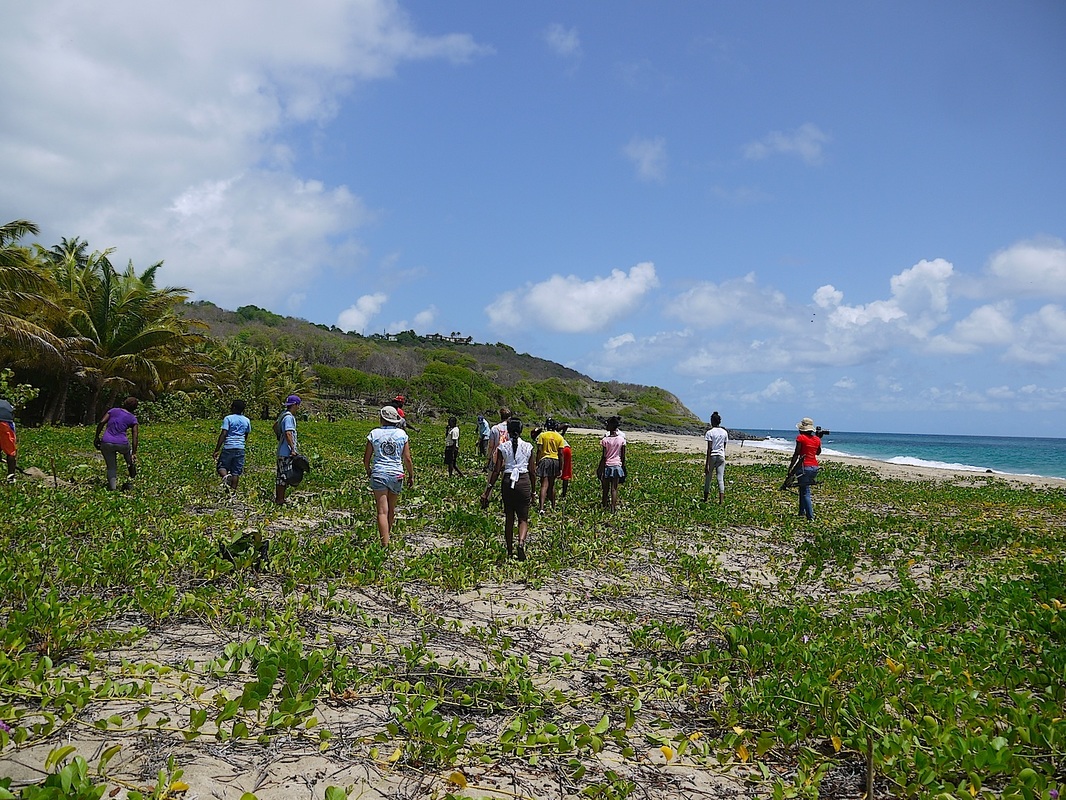
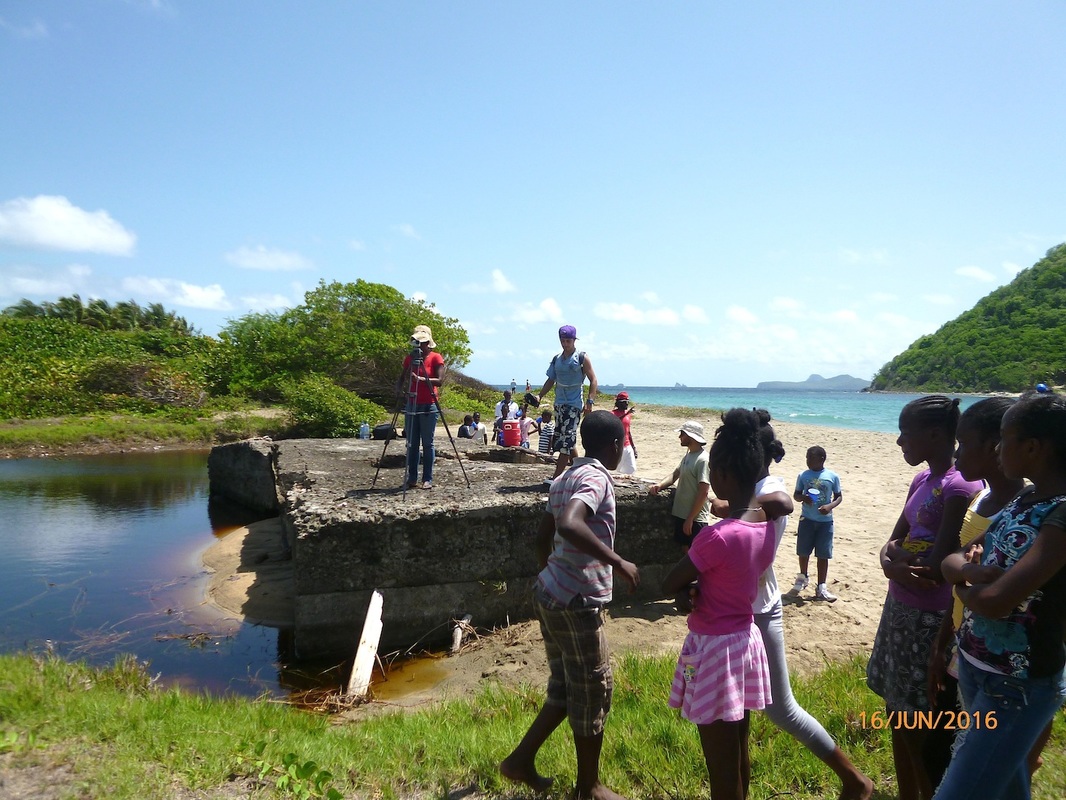
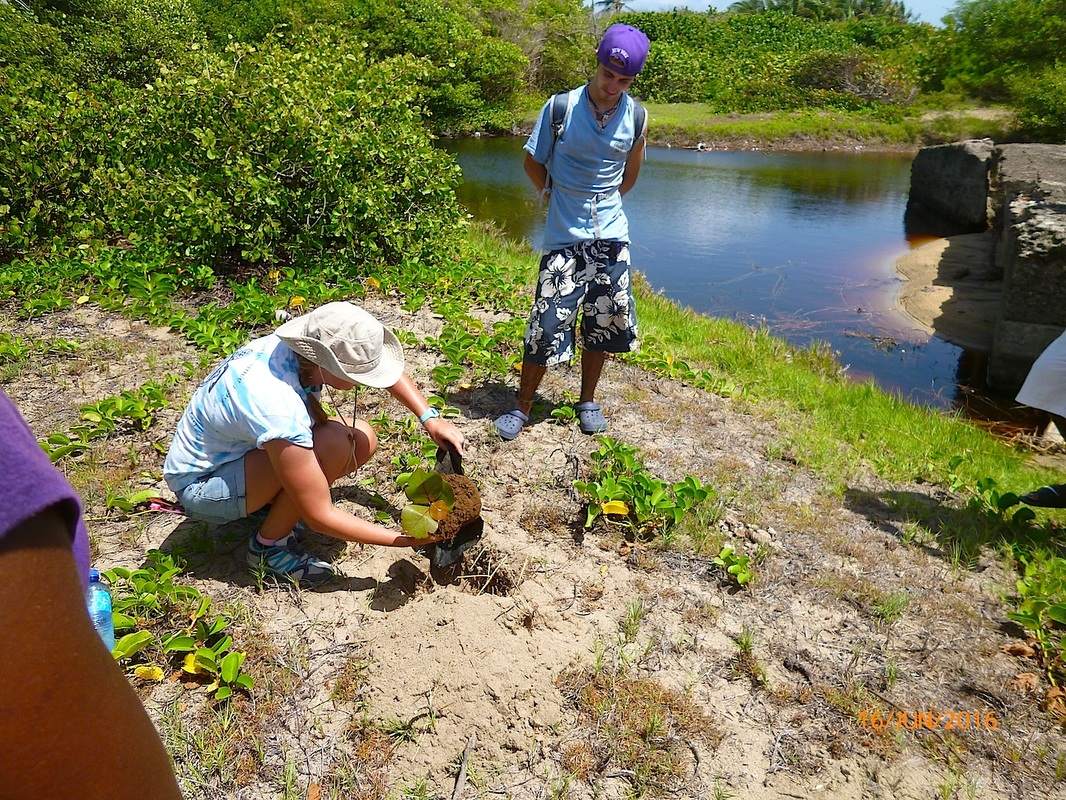
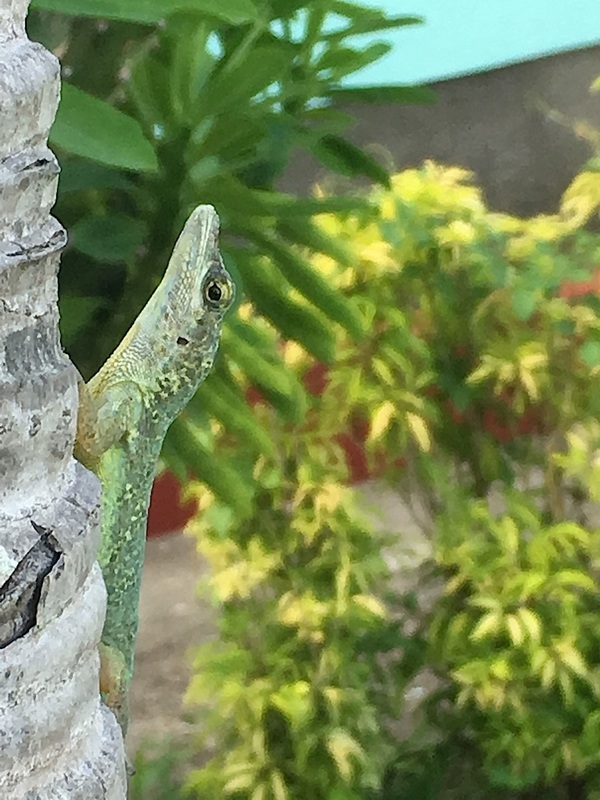
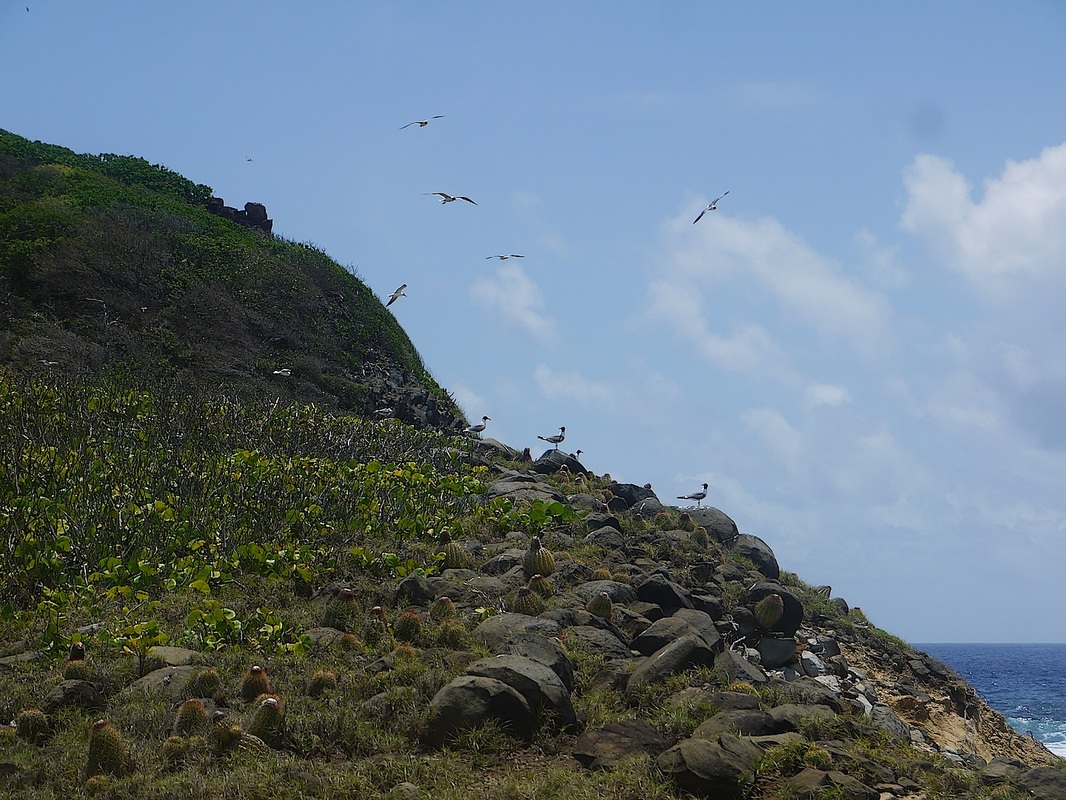


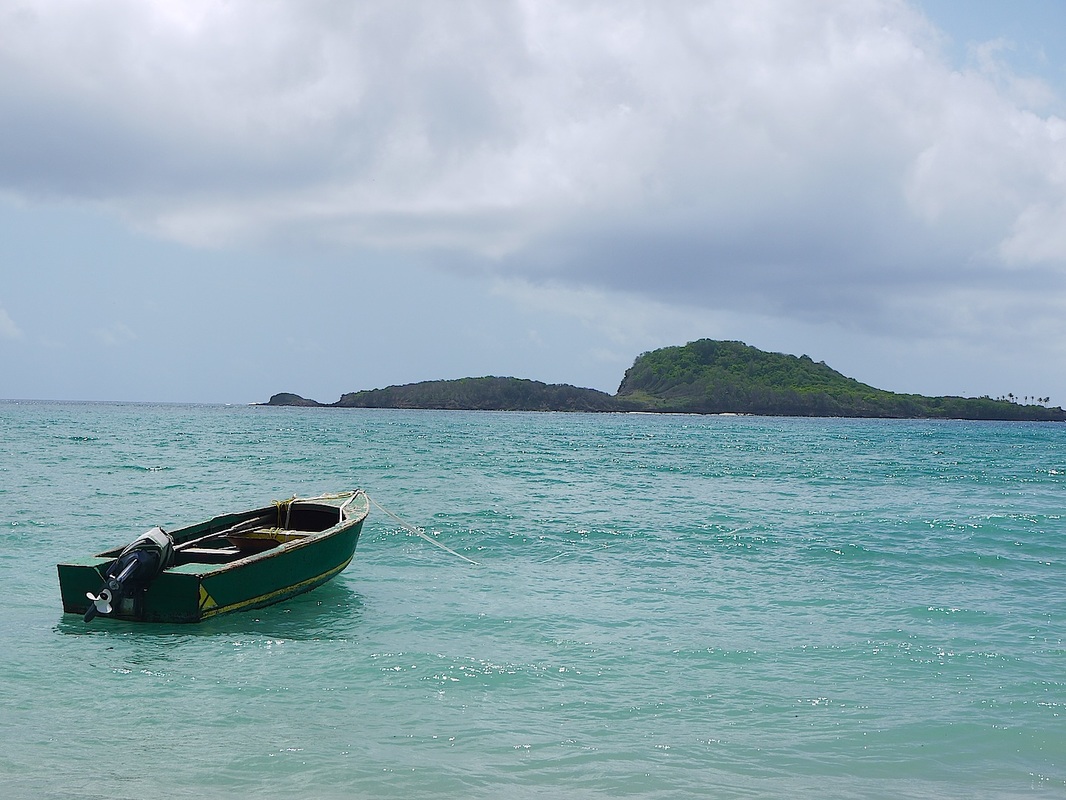
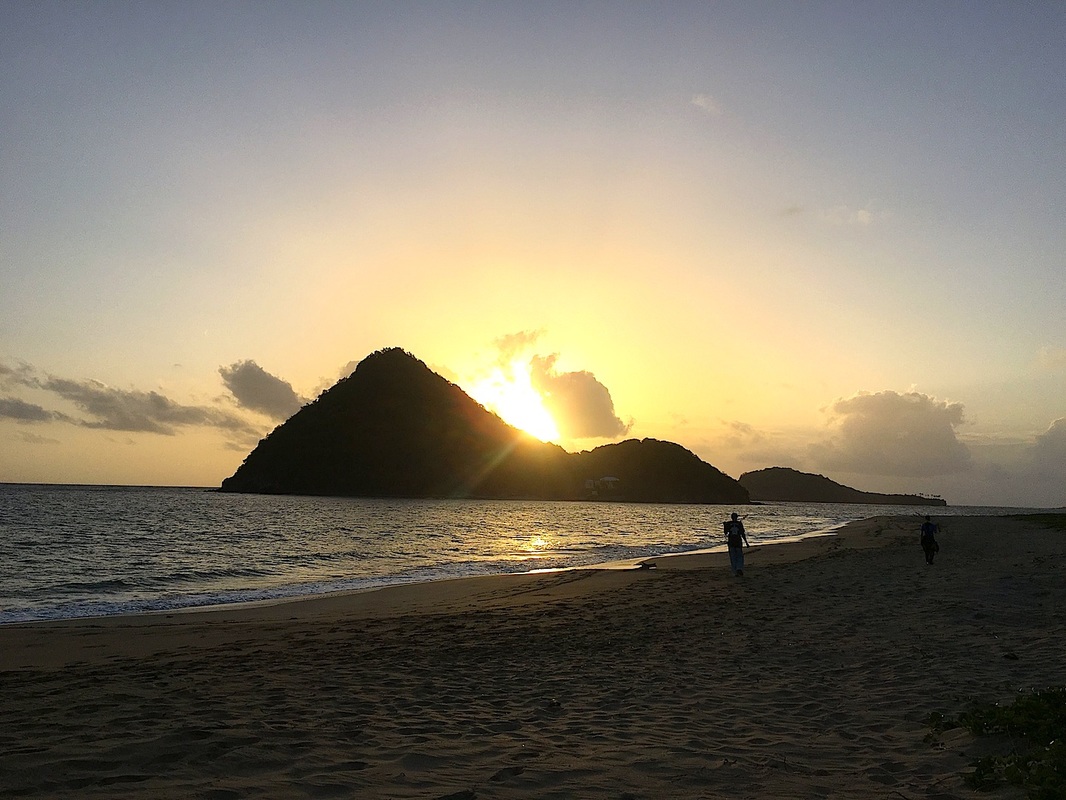
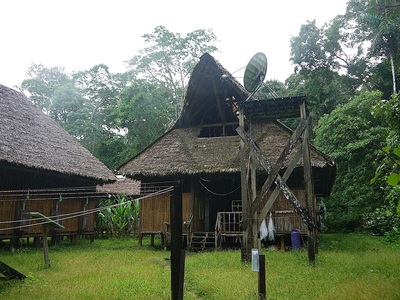
 RSS Feed
RSS Feed